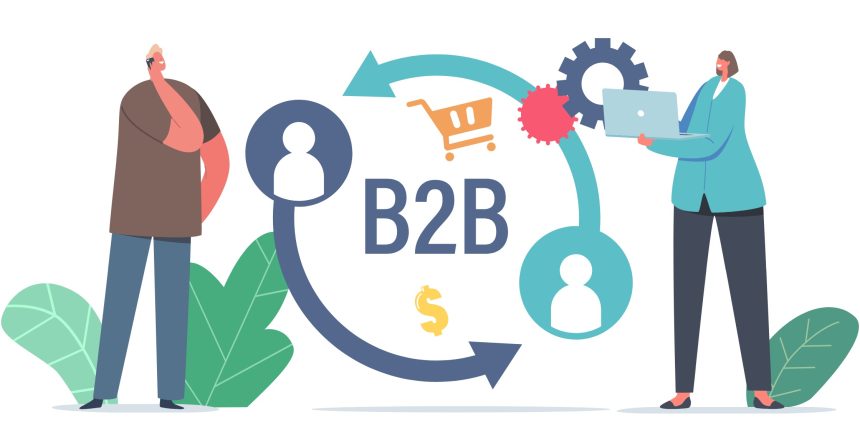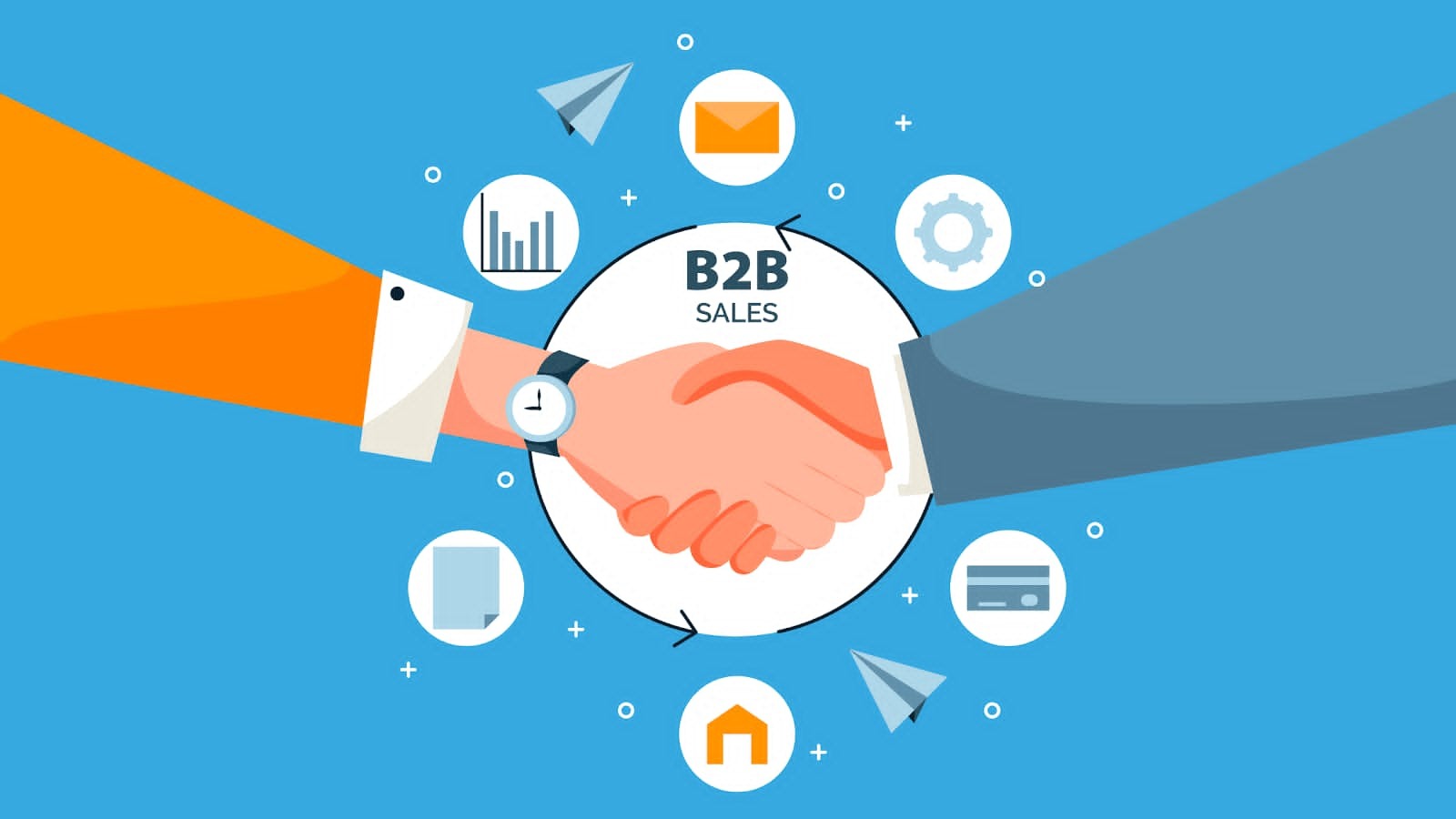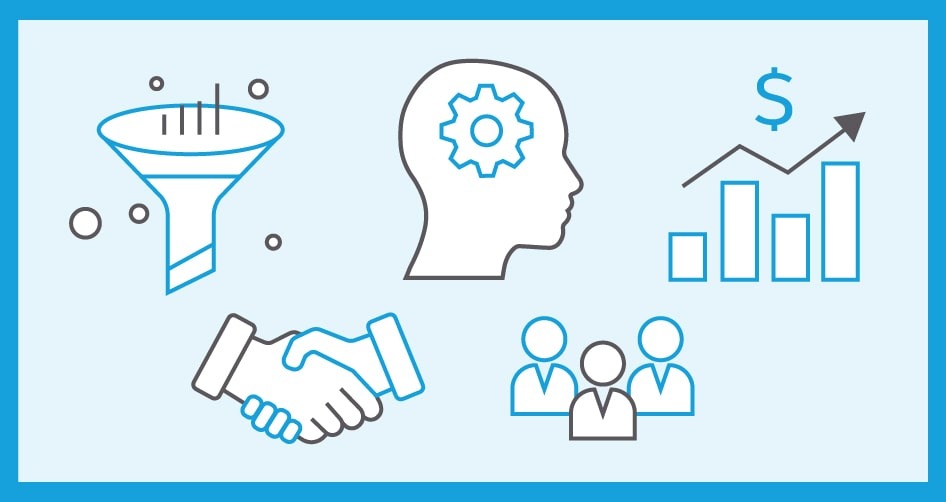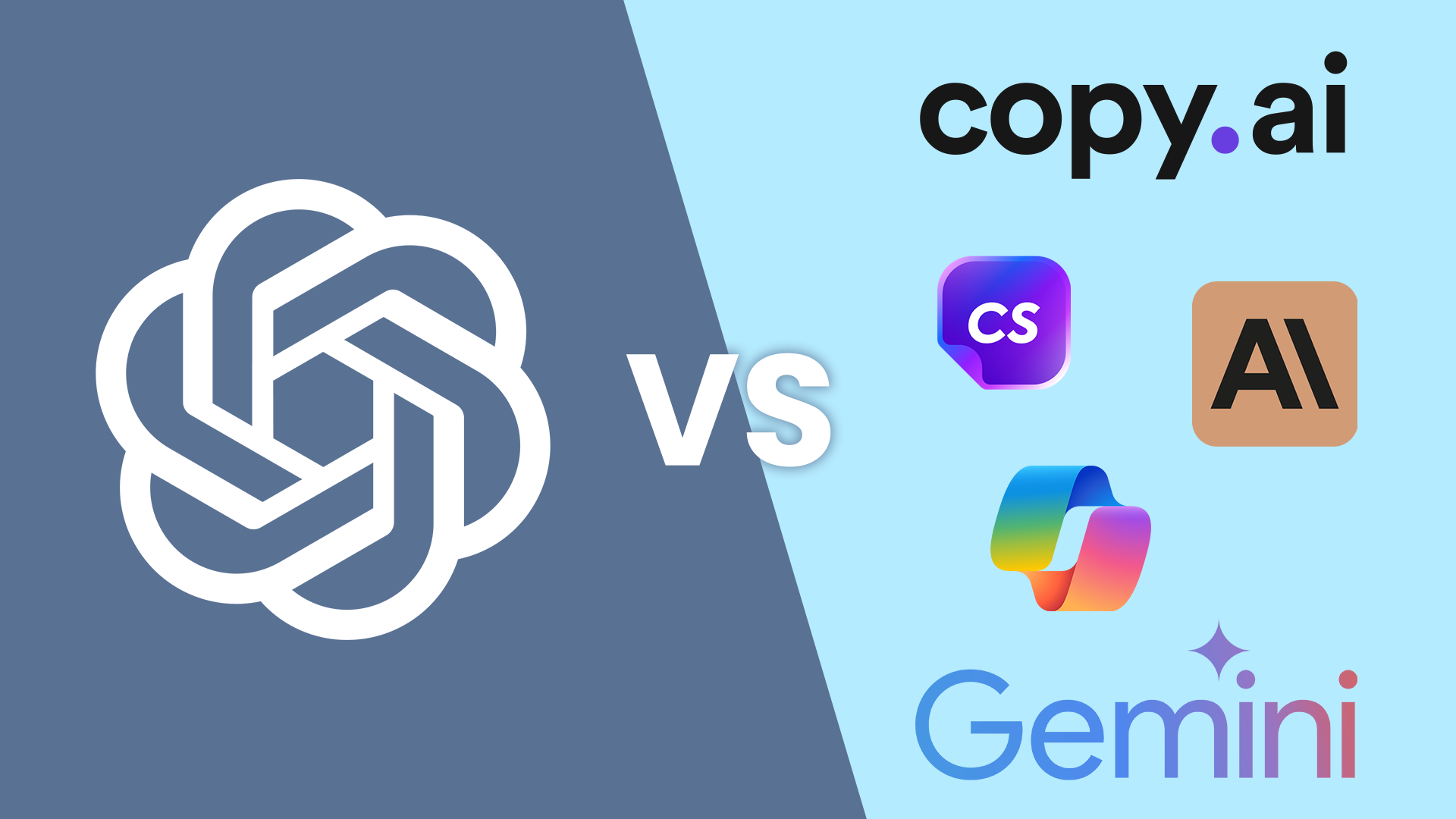Table of Contents
Introduction:
The sales pipeline can help comprehend the business’s overall health, identify potential difficulties segment by segment; a robust B2B sales can provide analytical data to boost team performance, enable effective coaching, uncover weak points in individual rep behavior, and assure best practices throughout the entire segment for the modern sales manager or director.
A B2B sales pipeline may uncover important conversion ratio statistics, identify specific skills improvement opportunities, and measure individual performance against the company and best in class for the modern salesperson.
A modern B2B sales funnel should be automatically updated with technology that determines the right stage based on predefined criteria.
Source : vipecloud.com
How Do You Make a B2B Sales Pipeline:
The following steps were common in traditional B2B sales pipeline stages:
- Lead generated(also known as “lead assigned”) refers to a contact who meets the basic interest requirements in the product or service.
- Meeting scheduled — a scheduled introduction meeting in which a salesperson qualifies a prospect and determines whether or not they are worth pursuing. A product demonstration was the intended consequence of an introductory meeting.
- Demo completed – an opportunity for the salesperson to demonstrate the product’s capabilities.
- Quote, request- usually meant that the prospect was looking for pricing information before making a purchasing decision.
- Proposal sent-A proposal or price quote was created, printed, and submitted to the prospect for their consideration.
- Negotiation- is the process of reaching a pricing agreement for an offer.
- Closed-lost or closed-won – The agreement’s conclusion was acknowledged.
A B2B sales pipeline is more than just a process diagram and deal outline that keeps track of a deal’s progress. A modern B2B sales pipeline is a gold mine of data to model and enhance, delivering performance insights.
Source : salesforce.com
Identify Lead And Lead Type:
So you’ve got a continuous flow of leads coming in, but how do you know if they’re ready to buy? The following are the many types of contacts you may most likely come across during the sales process.
- Suspect – a corporation in your database that matches your target customer profile and may be interested in purchasing your product or service.
- Prospect -a contact at a dubious company with a need and plans to hunt for a solution within a certain duration.
- Lead -a potential customer who has taken action or responded to a marketing or sales effort and has expressed interest in your goods.
There are several different sorts of leads:
- INBOUND Leads -On your website, you’ll get leads that convert.
- MQL or SQL Leads -Marketing Qualified Leads, also known as Sales Qualified Leads, have particular qualities that indicate more sales follow-up.
- Warm Call or Prospective Leads -leads who are a good fit but haven’t yet taken action on your website or via other inbound tactics.
- Target Account Leads -Certain accounts are being targeted for leads.
- Friends and Family Lead -You’ll get leads from people in your network.
- Event Leads -You can meet leads at a trade show or business event.
- Referral Leads -leads generated by current customers.
- Closed-lost or Ghosted Leads -Customers who have already made a purchase or possibilities that have been missed.
Distinct leads have different properties and close at different rates depending on their defining characteristics. A crucial initial step is to identify the lead you’re working with.
Connect Call:
It’s time to set up a connect call once you’ve identified a lead and a lead type. Usually comprises a 10-15 minute introduction conversation during which the salesperson asks some basic questions to learn more about the problem the client is trying to solve.
This call’s purpose is to gather the information that will aid you in navigating the rest of the sales process. It’s not your goal to jump right into solution mode.
Instead, approach your lead with curiosity to obtain a deeper grasp of the situation and begin building trust.
Discovery Call:
Make a discovery call with your prospect the next time you speak with them. A discovery call is a 25- to 50-minute question-and-answer session during which the salesman allows you to get to know your prospect better.
During this session, you should discuss your prospect’s goals, difficulties, timescale, authority level, market situation, and sense of urgency. Challenges they face in their business and whether there is a chance to collaborate.
Opportunity Stage:
Based on the information presented during the call, this is usually the first time a dollar value may be assigned to a deal stage.
The opportunity stage is where you start structuring the contract, where the preceding stages are vital for tracking.
You should learn the following information during the opportunity stage: who the prospect is currently buying from (if they have a vendor), three good reasons they would buy from you, three reasons they would choose not to buy from you, and who the economic decision-maker for this transaction is.
Conduct A Demo:
Most prospects prefer to see a product in action before making a purchase, so setting up a demo may increase your chances of closing a deal and deal stage. You can get several results after conducting your demo, including:
- Complete Demo -This term is used when a prospect has been given a demo but has decided not to proceed with the sales process.
- Second Demo -The prospect expressed an interest in knowing more about the product after inspecting it. Many enterprise opportunities necessitate many product demos.
Influencer Buy-In:
The prospect recognizes the product’s value and thinks that their company will purchase it in the future, but they may not be the economic decision-maker who approves the purchase at this point. The decision maker’s approval is required.
Ask who your contact is, what their stake is, and where their pain points are, and be ready to handle those issues ahead of time.
Decision Maker Buy-In:
The deal can move to the negotiation stage to settle the pricing and relevant agreements after the influencer, economic decision-maker, and executive sponsor agree to move further.
Negotiation:
While a deal is being negotiated, the legal staff of the prospective company usually steps in to help with contractual duties.
This is the point at which all parties concerned agree on the final price and terms and sign off on them. During the negotiation, don’t let your contact go dark.
Check-in at regular intervals to see which way things are going so that any movement toward a “no” doesn’t go too far in that bad direction without giving you a chance to turn it around.
Closed-Lost or Closed-Won deal:
The prospect can make the final payment if the contract is ready to close, signaling that the deal has been won.
They can then begin the product’s onboarding process and begin utilizing it. You must follow through on your promises if you want to keep your customers — fantastic products, excellent customer service, and continuing support.
Please do what you said you’d do in your proposal, and your one new customer will multiply as they suggest others to you.
In a closed-lost sale, the prospect has the option of declining the final offer and choosing a competitor or opting not to buy the product. However, don’t write off a missed chance for good just because a sale is closed-lost.
Consider how you can stay top-of-mind without getting in the way when circumstances and requirements change. Inquired why you cannot close their business and utilize that information to guide your follow-up.
Perhaps you’ll offer a new product or service that meets one of their purchasing criteria in a few months. Use your CRM to give out relevant, timely, and useful stuff via social media or email to keep the relationship going.
A well-defined process benefits both sales reps and sales teams. And that process becomes even more successful when we avoid the jargon, keep it lighthearted, and think of our B2B customers as individuals with emotional drivers and wants.
Conclusion:
A sales pipeline is an excellent tool for visualizing the entire process in your company. If each sales pipeline stage is well defined, it will be easier for your salespeople to deliver results.
You can adopt a solid strategy to search out prospects and close more deals now that you know the primary stages of the B2B sales pipeline.
You can create your own personalized sales pipeline based on the comments you receive and the outcomes you witness once these conventional sales pipeline stages have gained traction. Finally, to avoid sales stagnation, make it a point to refine and manage your sales funnel.
FAQs:
1.What is a sales pipeline?
The sales pipeline can assist senior supervisory teams in understanding the health of the overall business, identifying projected concerns on a section-by-section basis, and serving as an early warning system for a potential shortfall in a location or item.
A solid B2B sales pipeline can provide vital data to the cutting-edge project head or chief, allowing them to improve group execution, maintain viable training, detect weak spots in individual rep conduct, and guarantee that best practices are followed consistently.
2.How do you approach b2b sales?
In b2b sales, outreaching your potential customers is a bit tough, but if you know how and when to target, you can rejoice. (Of course, not that early.) Participate in as many chats as you can.
Make a list of targeted business connections.
Send unsolicited emails
Make some friendly phone calls
To nurture your leads, use Marketing Automation.
Add an embedded promotion to your email signature.
Join the appropriate social media groups.
Add your business to online directories.
3.What is the difference between a sales funnel and a sales pipeline in the process?
Although the terms “sales pipeline” and “sales funnel” are used interchangeably, they do not mean the same thing.
A sales pipeline report is a set of steps that must be completed before a prospect can proceed with the sales process. The prospect can proceed to the next stage in the pipeline once they have met the stage’s requirements.
In contrast, a sales funnel is a marketing concept that represents the ideal customer path throughout the customer journey process.
The quantity of prospects falls from the top-end of the sales process, like a B2b marketing funnel form. That is why it’s called a sales funnel.
4.Why does the sales pipeline matter
A pipeline is a lifeline for most B2B organizations.
According to the B2B company, The average growth rate of organizations with effective sales pipeline management is 5.3 percent, which is a 15 percent increase.
According to the same survey, organizations with well-defined sales tools phases see a 28 percent improvement in revenue growth.
It enables B2B businesses to assess the individual performance of their marketing team and the team’s overall sales performance. As a result, they can utilize it to anticipate income-generating projections for the next 30, 60, and 90 days.
By mapping a prospect’s position versus the sales cycle stages, businesses may better deploy resources. It also improves sales team performance by providing hands-on guidance.
B2B sales process analysis, in addition to revenue estimates, can reveal obstacles in the sales process that are stifling the flow of your transaction velocity.
5.What are sales pipeline metrics?
This indicator is the yardstick by which you may determine what fuels your sales pipeline. It’s critical to know how many fresh leads and marketing teams enter your B2B sales pipeline reviews, whether they originate from the outbound B2B sales process or another department like content marketing.






